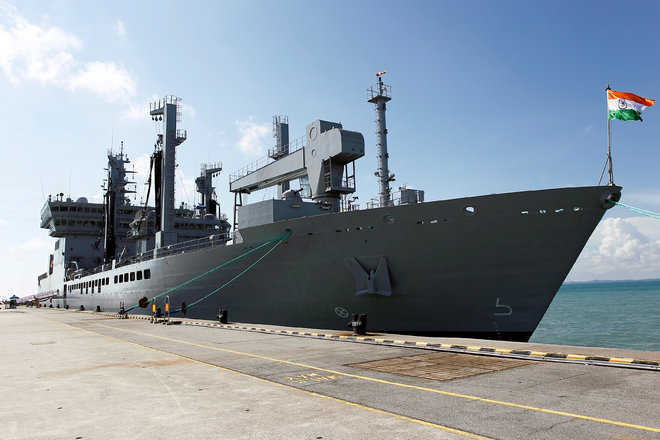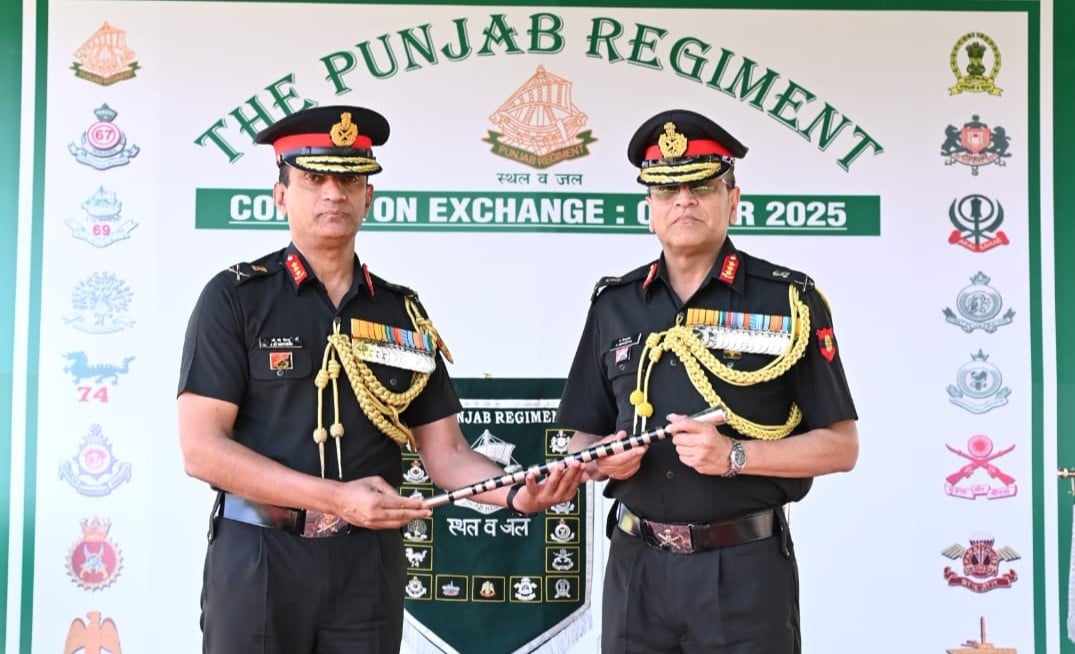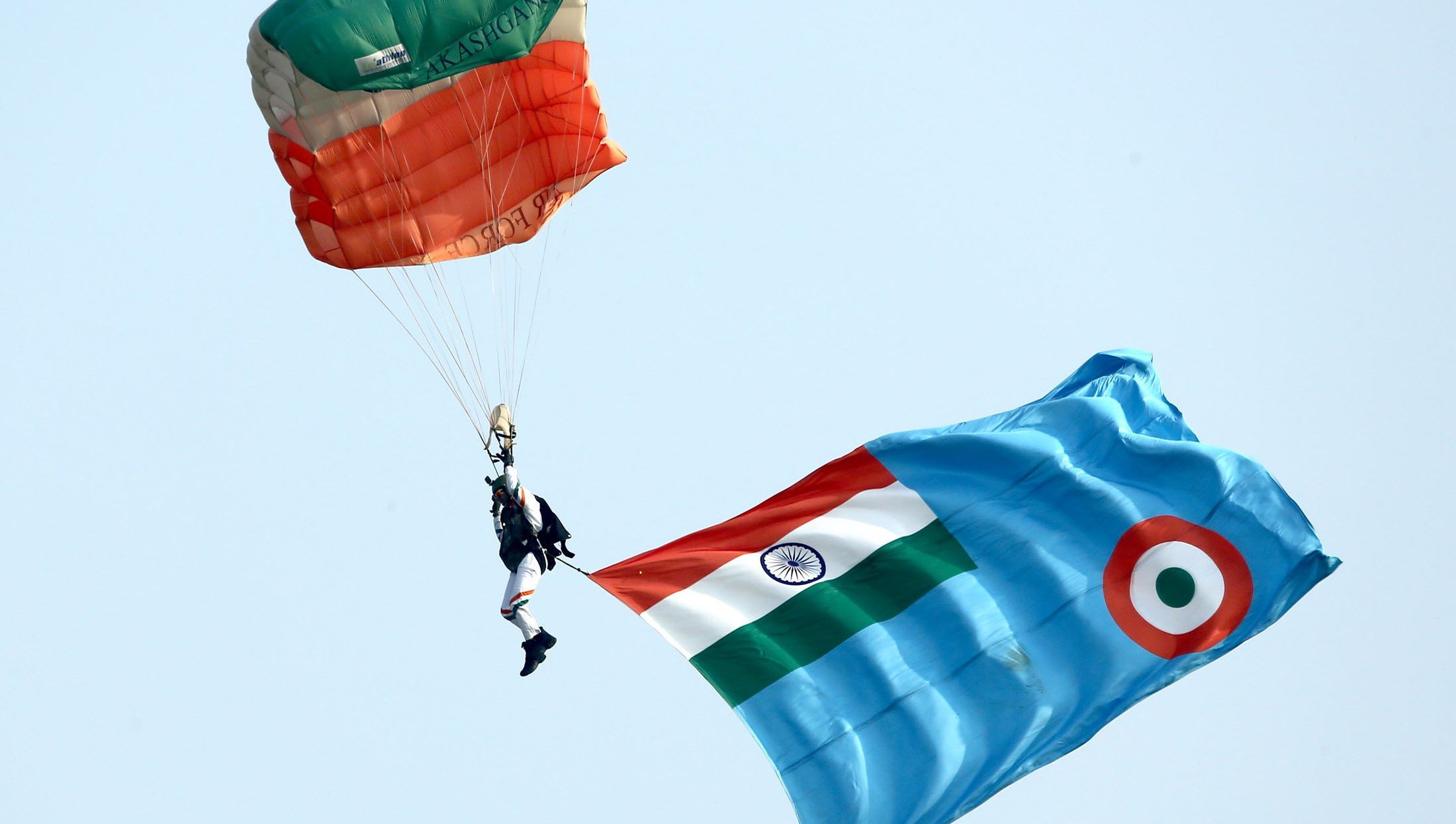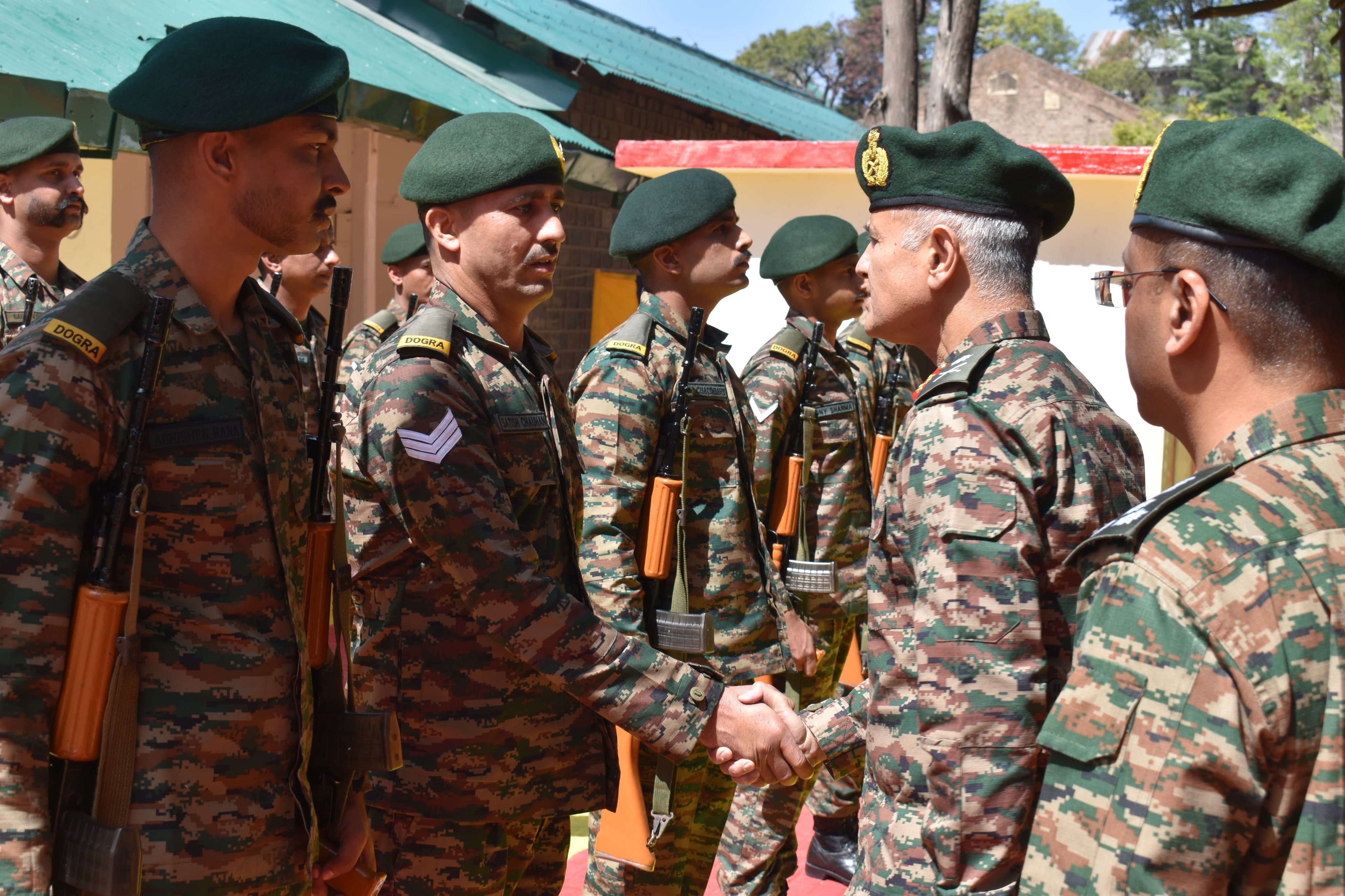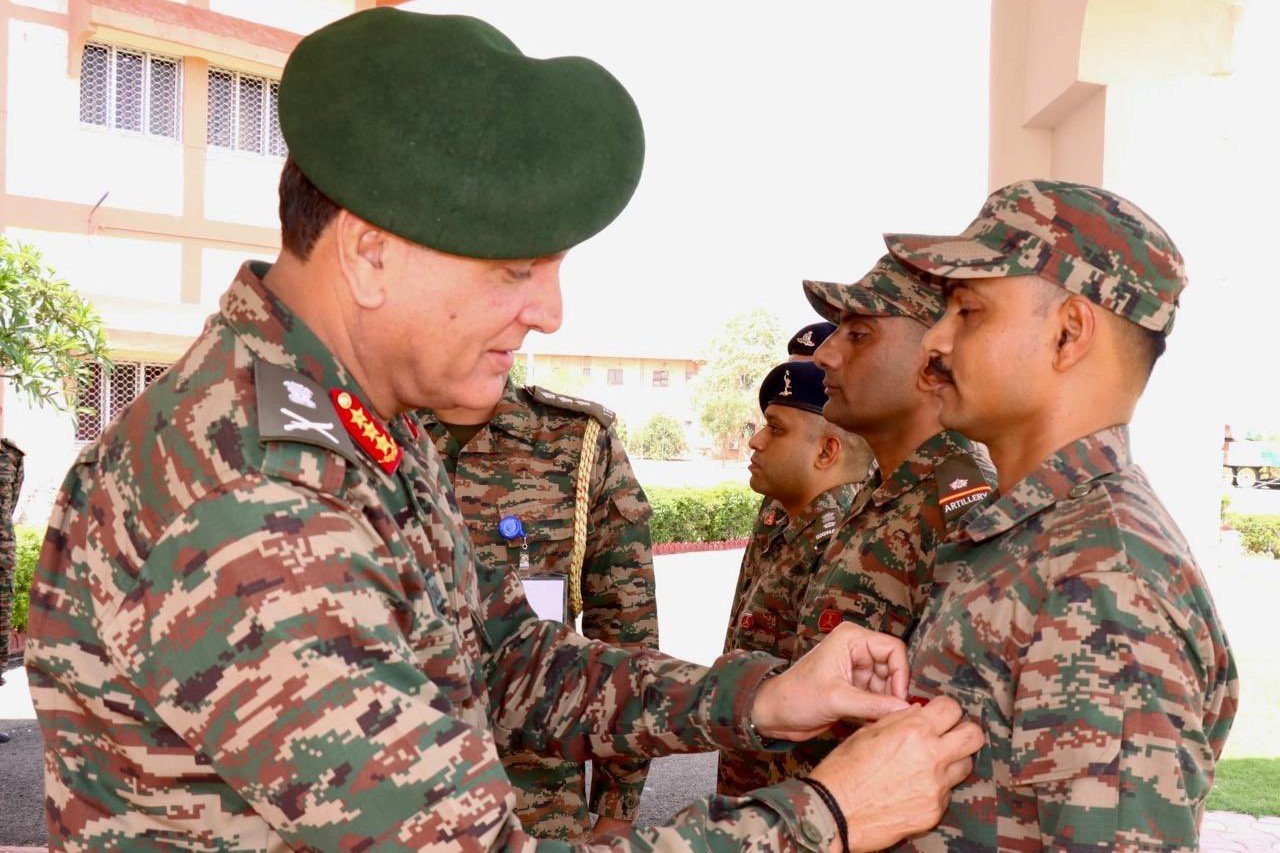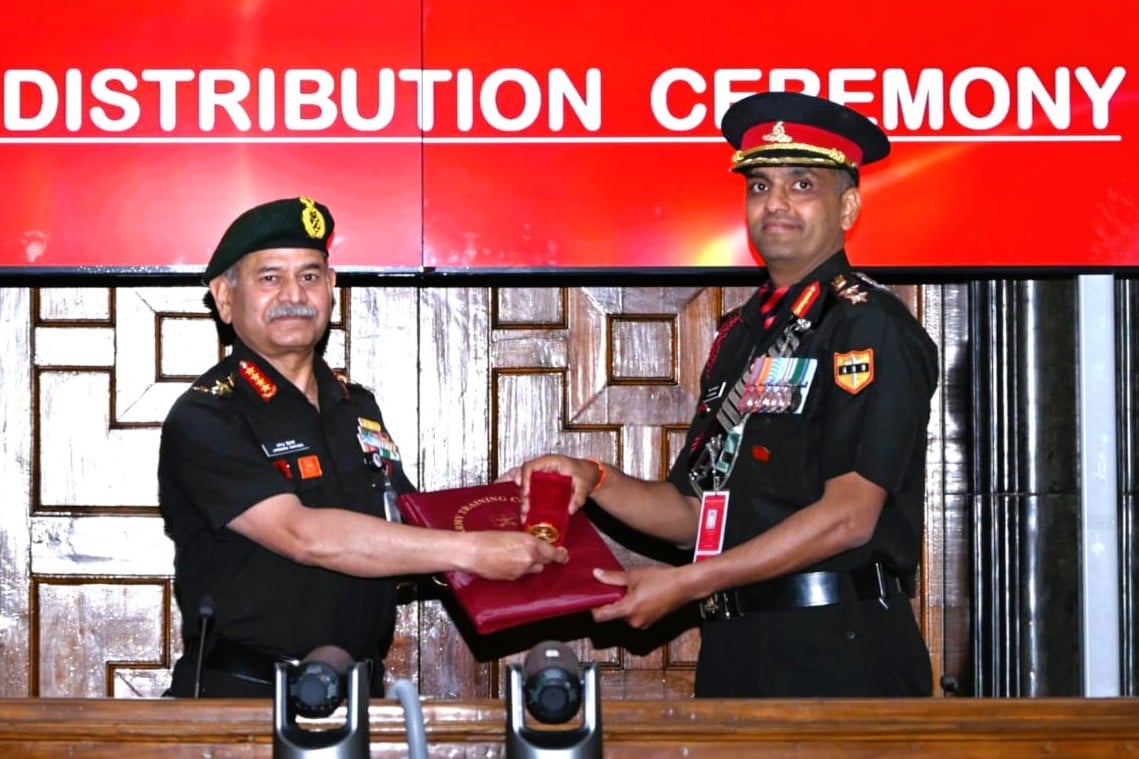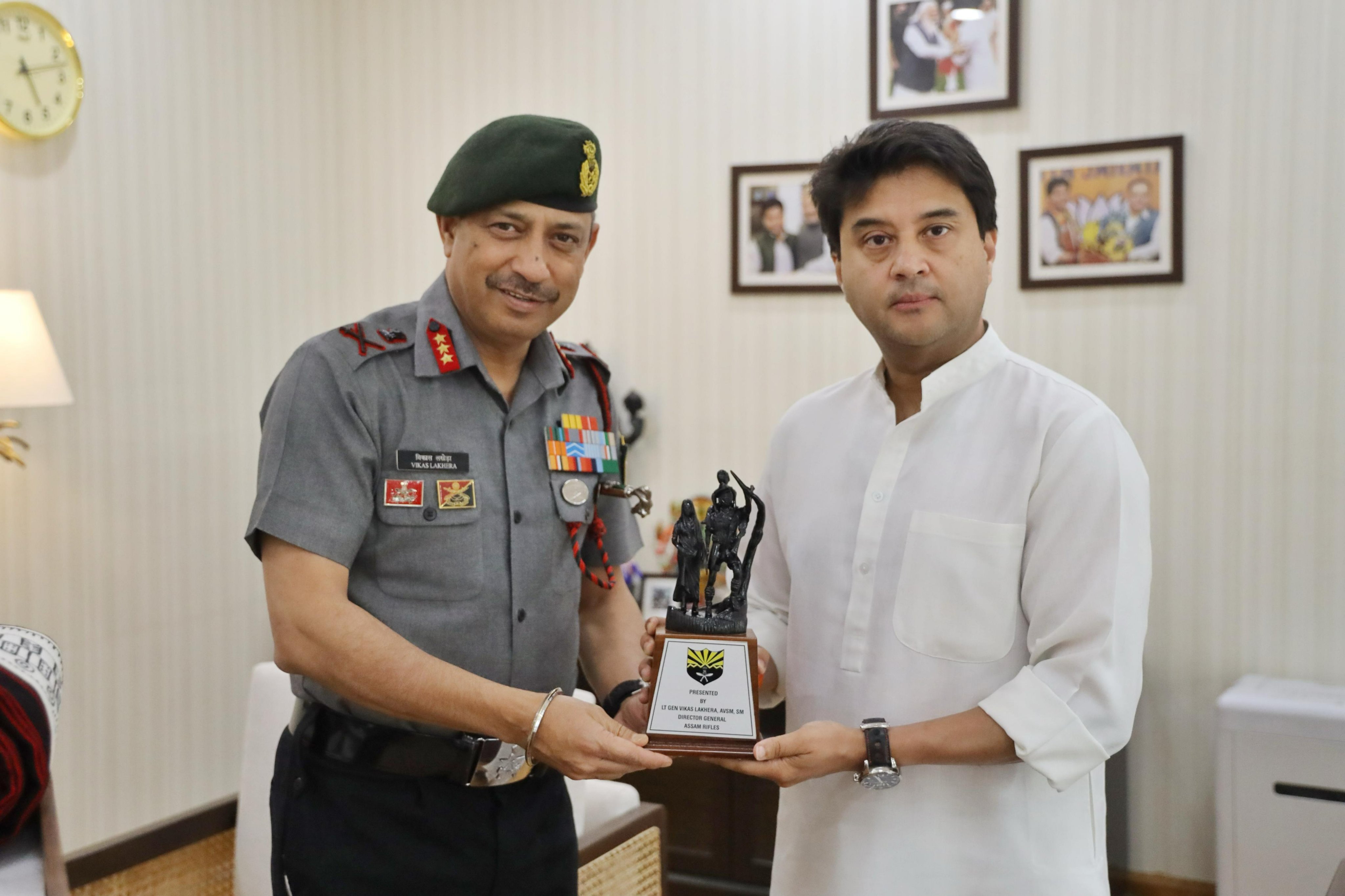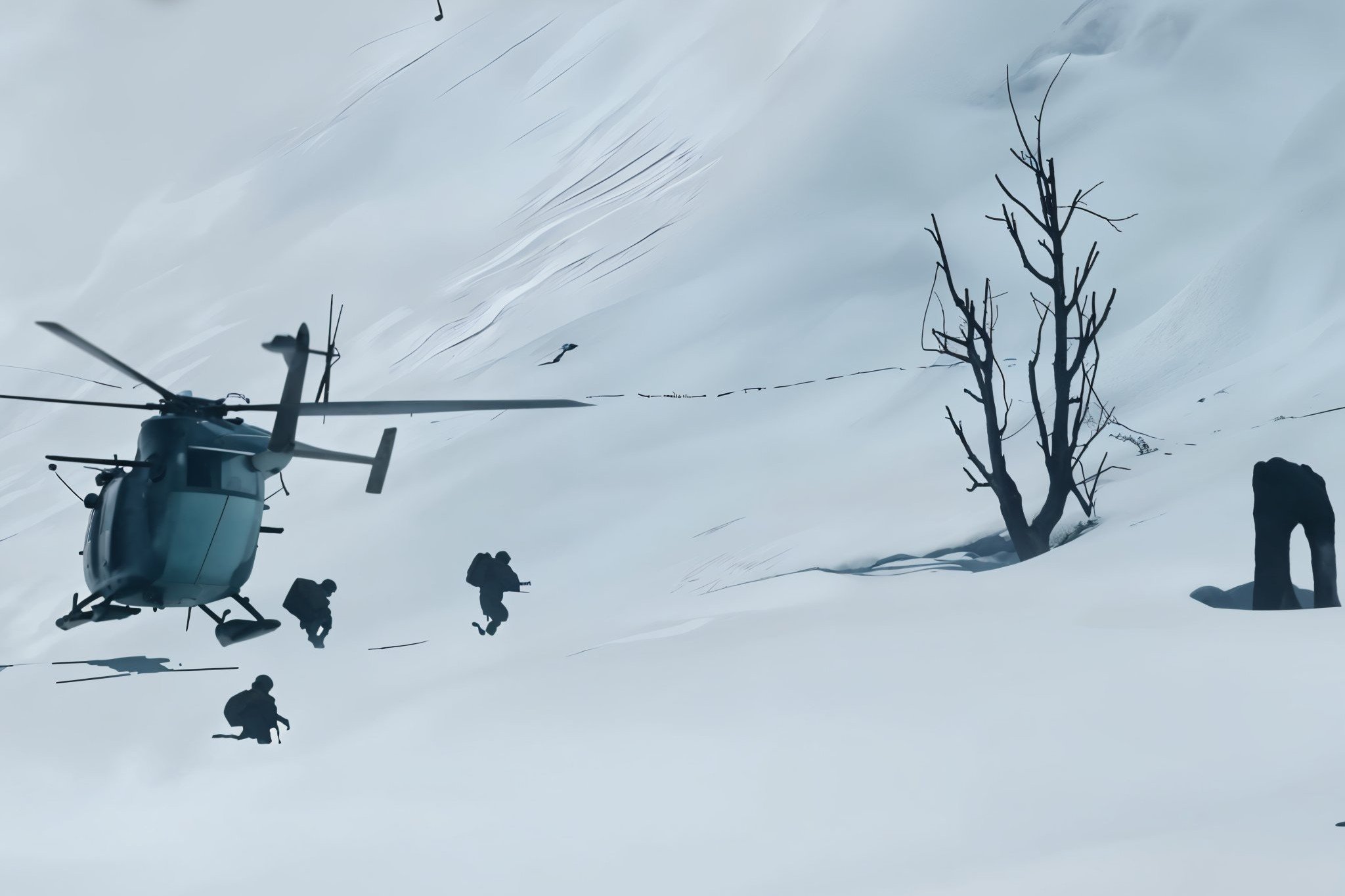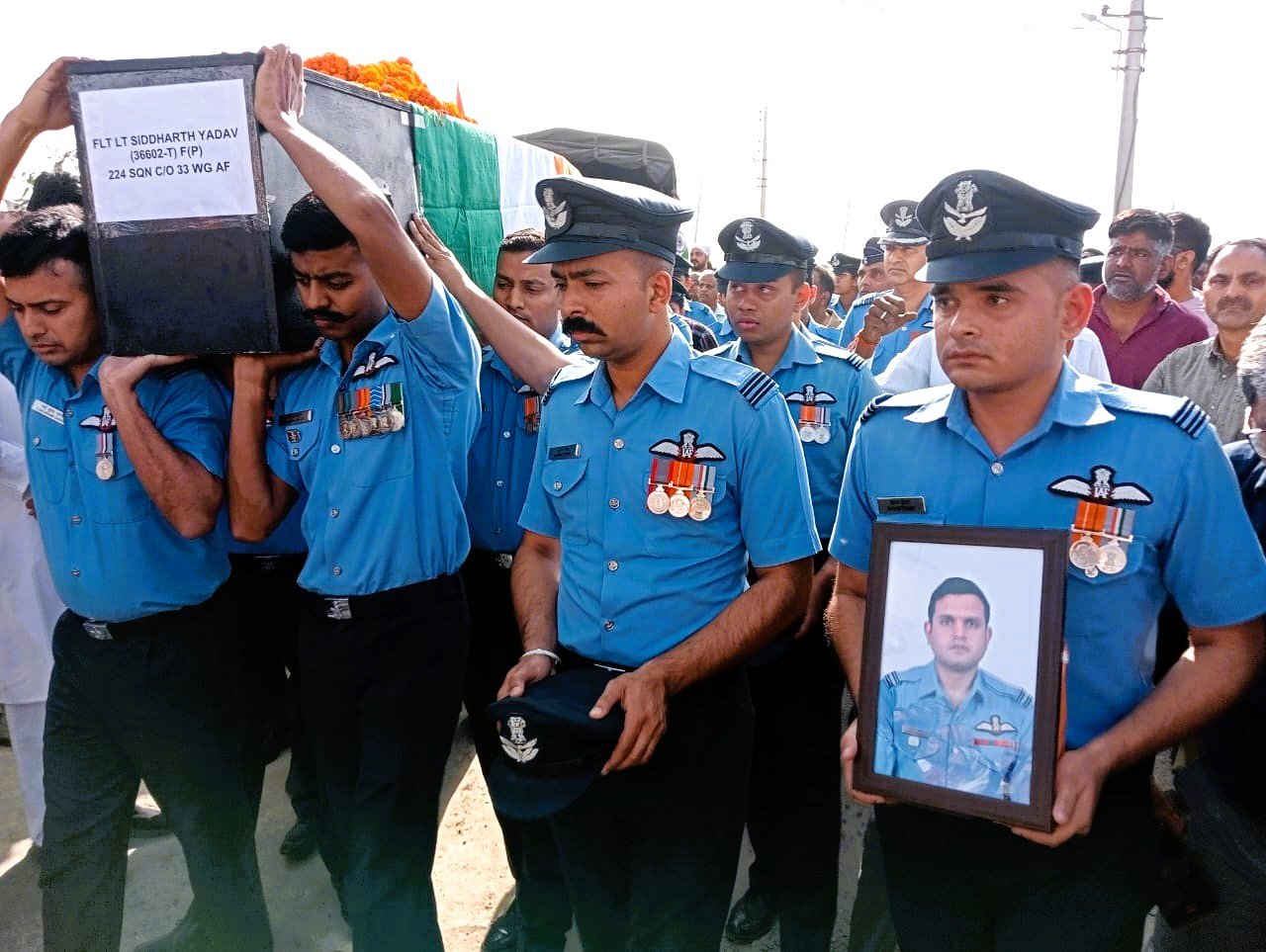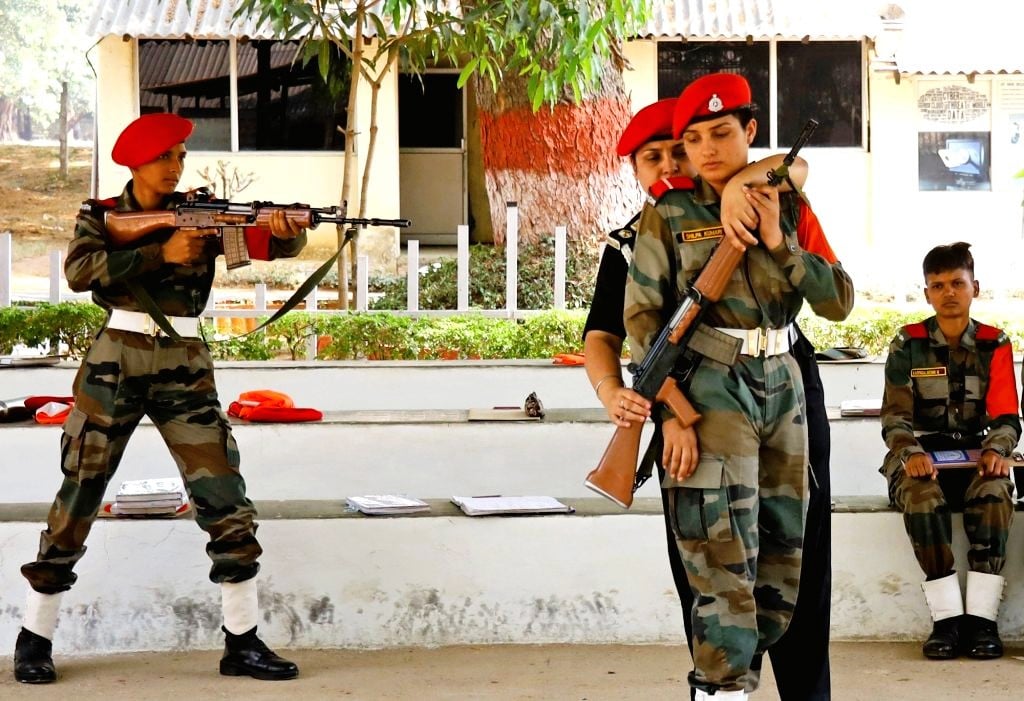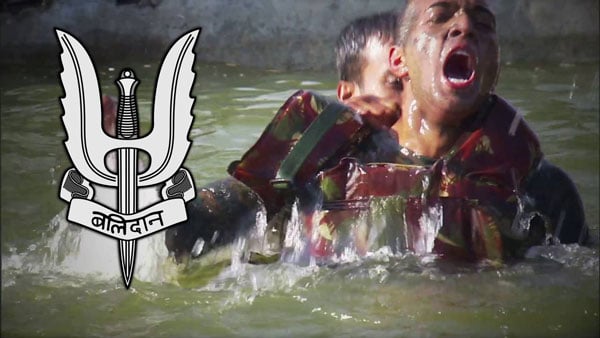The Armed Forces are set to commence a significant training exercise in the high mountains of the country’s strategically important northeastern region, which lies directly opposite China. This operation, named ‘Poorvi Prahar’, is scheduled to unfold over a span of nine days starting November 10. The drill will encompass participation from various branches of the military, including the Army, Navy, and Air Force, with the goal of fostering collaboration and testing joint operational capabilities in challenging high-altitude environments.
The inclusion of the Navy in this exercise marks a noteworthy expansion of its operational scope, highlighting two critical trends within the Indian military framework. Firstly, it reflects the growing combat role of naval forces in inland regions, moving beyond their traditional maritime responsibilities. Secondly, it underscores the recently adopted practice of cross-posting junior and mid-level officers across the three services, promoting a more integrated military approach.
While the Indian military has previously conducted tri-service exercises in coastal areas, such as Vishakhapatnam and the Andaman and Nicobar Islands, this operation is particularly distinctive as it is being publicly announced for mountainous terrain that is not traditionally associated with naval activity. Previous drills in regions like Ladakh and northeast India primarily involved only the Army and Air Force.
The Navy itself is a versatile force adept at conducting operations above, on, and beneath the water’s surface, utilizing submarines, surface ships, and aircraft. It also boasts a specialized unit, the Marine Commando Force (MARCOS), trained for diverse operational scenarios. Although the MARCOS have had a sustained presence in regions like Kashmir for counter-terrorism missions, their capabilities were prominently showcased during the heightened tensions with China along the Line of Actual Control (LAC) starting in 2020. During these tensions, MARCOS operatives were active around key areas such as Pangong Tso lake, responding to significant Chinese incursions. Additionally, the maritime surveillance capabilities of the Navy were leveraged through the deployment of Boeing P-8I aircraft and unmanned aerial vehicles to conduct reconnaissance over the LAC.
For ‘Poorvi Prahar’, the Navy’s advanced surveillance aircraft, MARCOS operatives, and communications specialists are anticipated to play integral roles, contributing to the exercise’s overarching objectives of enhancing joint operational effectiveness and readiness in high-altitude warfare scenarios. This exercise signifies a crucial step in India’s military evolution, reflecting a proactive stance towards multifaceted defense strategies in response to regional security challenges.

